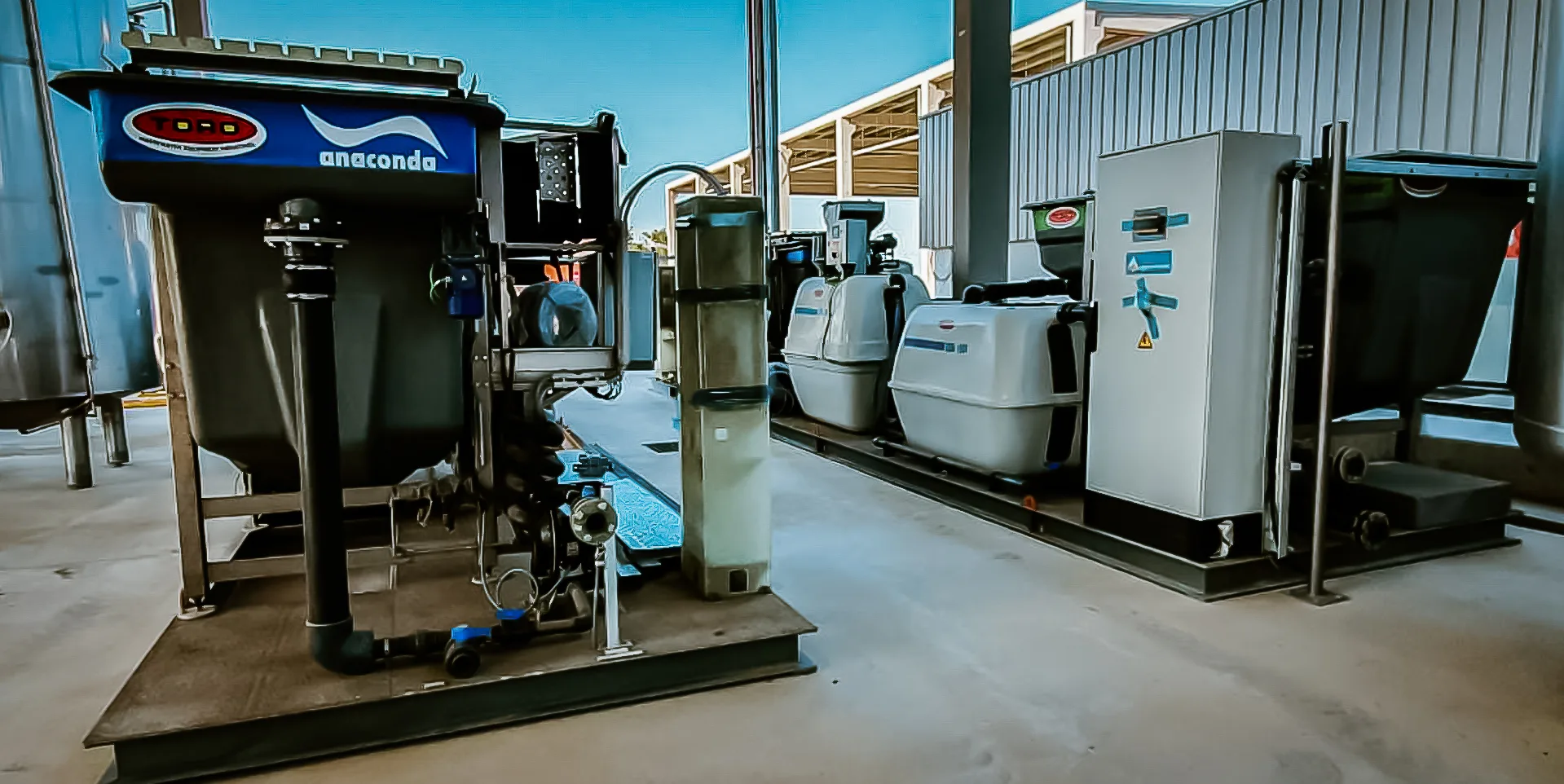

Water softening is a crucial process in water treatment that aims to remove the minerals that cause hard water. Hard water is water that contains high levels of calcium and magnesium ions, which can lead to various issues such as scale buildup in pipes and appliances, reduced effectiveness of soaps and detergents, and skin irritations. By softening water, these minerals are removed or reduced, resulting in water that is gentler on skin, helps appliances last longer, and improves the overall quality of water for various household and industrial uses. There are several methods used for water softening in water treatment, including ion exchange, lime softening, and reverse osmosis. Ion exchange is one of the most common methods, where resin beads are used to exchange sodium ions for calcium and magnesium ions in the water.
Lime softening involves adding lime to the water to precipitate calcium and magnesium ions, which can then be filtered out. Reverse osmosis uses a membrane to remove minerals from water, producing soft water as a result. Each method has its own advantages and disadvantages, depending on the specific needs of the water treatment system. Water softening is essential not only for improving the quality of water but also for protecting infrastructure and appliances from the damaging effects of hard water. It is important for water treatment facilities, industries, and households to implement effective water softening processes to ensure the longevity and efficiency of their water systems. In conclusion, water softening plays a vital role in water treatment by removing minerals that cause hard water and improving the overall quality of water for various applications.
Water softening is a critical process within the realm of water treatment, aiming to address the issues associated with hard water caused by elevated levels of calcium and magnesium ions. The presence of these minerals can lead to problems such as scale buildup in pipes and appliances, diminished effectiveness of soaps and detergents, and skin irritations. Softening water involves the removal or reduction of these minerals, resulting in water that is gentler on the skin, prolongs the lifespan of appliances, and enhances the overall quality of water for diverse household and industrial applications.
Various methods are employed, each with its own set of advantages and disadvantages, catering to specific needs. Some common methods include:
The choice of water softening method depends on the specific requirements of the water treatment system, considering factors such as cost, efficiency, and the composition of the water source.
Water softening is not only about improving water quality but also about safeguarding infrastructure and appliances from the detrimental effects of hard water. Implementing effective water softening processes is crucial for water treatment facilities, industries, and households to ensure the longevity and efficiency of their water systems.
In conclusion, water softening is a vital component of water treatment, addressing the challenges posed by hard water minerals and enhancing the overall quality of water for diverse applications. It is essential for the longevity and efficiency of water systems, emphasizing the importance of implementing effective water softening processes across various sectors.